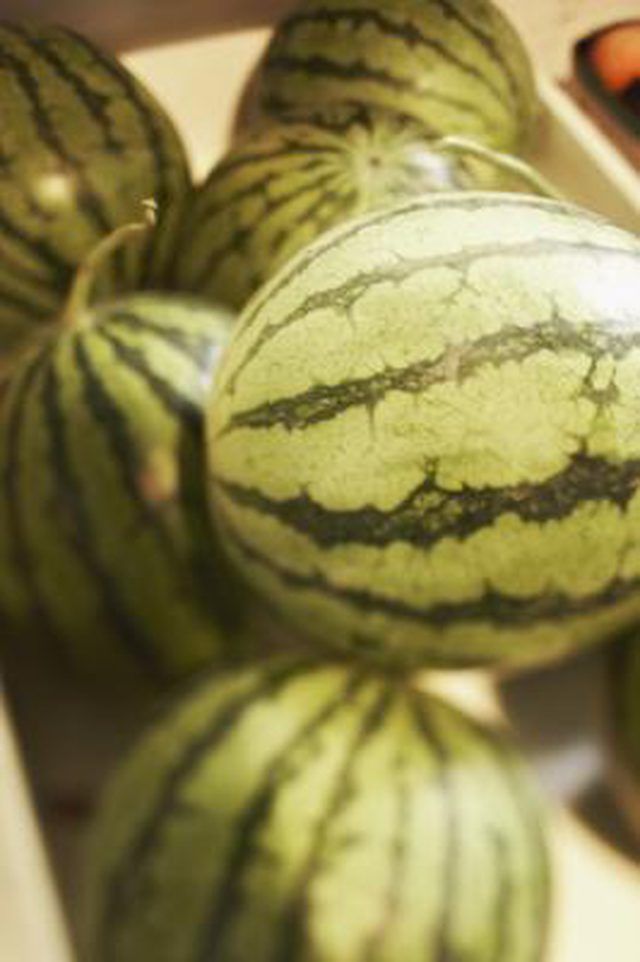Bulbs
Flower Basics
Flower Beds & Specialty Gardens
Flower Garden
Garden Furniture
Garden Gnomes
Garden Seeds
Garden Sheds
Garden Statues
Garden Tools & Supplies
Gardening Basics
Green & Organic
Groundcovers & Vines
Growing Annuals
Growing Basil
Growing Beans
Growing Berries
Growing Blueberries
Growing Cactus
Growing Corn
Growing Cotton
Growing Edibles
Growing Flowers
Growing Garlic
Growing Grapes
Growing Grass
Growing Herbs
Growing Jasmine
Growing Mint
Growing Mushrooms
Orchids
Growing Peanuts
Growing Perennials
Growing Plants
Growing Rosemary
Growing Roses
Growing Strawberries
Growing Sunflowers
Growing Thyme
Growing Tomatoes
Growing Tulips
Growing Vegetables
Herb Basics
Herb Garden
Indoor Growing
Landscaping Basics
Landscaping Patios
Landscaping Plants
Landscaping Shrubs
Landscaping Trees
Landscaping Walks & Pathways
Lawn Basics
Lawn Maintenance
Lawn Mowers
Lawn Ornaments
Lawn Planting
Lawn Tools
Outdoor Growing
Overall Landscape Planning
Pests, Weeds & Problems
Plant Basics
Rock Garden
Rose Garden
Shrubs
Soil
Specialty Gardens
Trees
Vegetable Garden
Yard Maintenance
How to Grow Tomatoes, Watermelons & Cantaloupe Together
How to Grow Tomatoes, Watermelons & Cantaloupe Together. Fruit and vegetable gardens burst into bloom in spring and summer for eventual fruit harvest, but rarely consist of one specific plant variety. Gardeners plant a range of their favorite fruits and vegetables for wide, satisfying harvests. Warm-season plants like tomatoes and melons thrive...

Fruit and vegetable gardens burst into bloom in spring and summer for eventual fruit harvest, but rarely consist of one specific plant variety. Gardeners plant a range of their favorite fruits and vegetables for wide, satisfying harvests. Warm-season plants like tomatoes and melons thrive together with the same temperature, sun, nutrition and water needs, but they require generous spacing for growth. Plant these crops at the same time, and with the same considerations.
Things You'll Need
Organic compost
Garden fork
Fertilizer
Mulch
Vegetable cages
Ties
Start tomatoes, watermelons and cantaloupes in mid-spring when the frost lifts. All three crops need starts at 60 degrees to 65 degrees Fahrenheit, and die in frost. Start seedlings to give these long-season plants head starts on their growing seasons.
Designate planting sites. Tomatoes and melons require adequate spacing for growth and fruit production. Choose sites with bright all-day sun and air circulation, and allot at least 5 to 6 square feet for each crop. Put the tomato plot on the southern or northern side of the garden to avoid shading out the lower-lying crops.
Amend the soil through all three plots to a depth of 6 to 8 inches. Dig 3 to 4 inches of organic compost into the topsoil to increase nutrition, drainage and moisture retention. Tomatoes, watermelons and cantaloupes are hungry, thirsty plants, and do best with rich, crumbly soil. Turn 6-24-24 or 8-32-16 fertilizer into the top 4 inches of soil throughout to encourage quick root establishment.
Plant tomato seedlings 24 to 36 inches apart in a row. Space rows at 4 feet, and give each plant a vegetable cage for support. Plant watermelon seedlings at every 2 feet in the row, and cantaloupe seedlings at 18 to 24 inches in the row. Plant only one row of each variety of melon to minimize space usage. Each plant produces several melons.
Give the garden 3 inches of water to settle the soil, and put the plants on a schedule of 2 inches of water every week. The plants cannot produce growth or fruit without adequate moisture. Lay 2 inches of mulch over the soil between the plantings to maintain moisture and warmth for the plants.
Feed the plants with a balanced 10-10-10 fertilizer at mid-season to encourage best blooming and fruit production.
Tips & Warnings
Plant watermelons, tomatoes and cantaloupes early enough to accommodate their growing seasons. Tomatoes need 45 to 80 days to bear fruit, depending on the cultivar, while watermelons need 70 to 85 days and cantaloupe vines need 70 to 110 days.